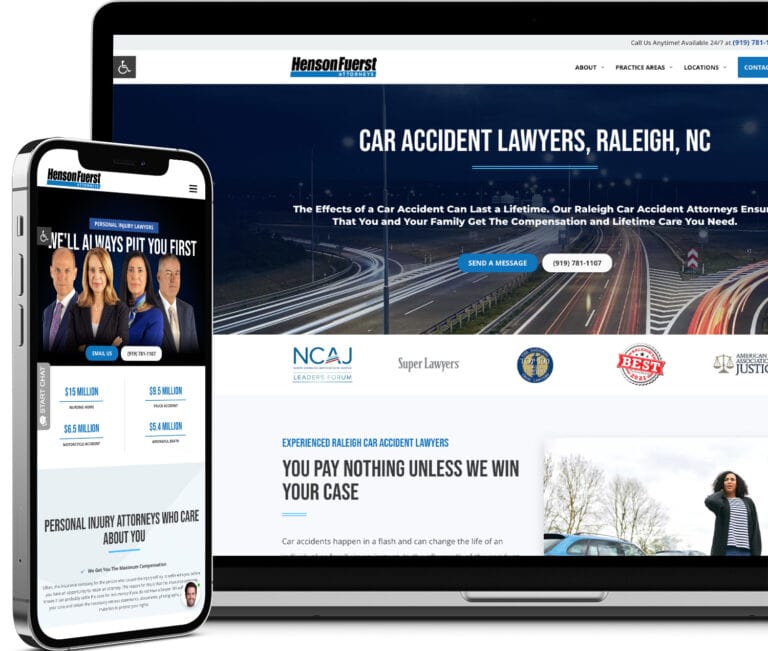




One of our main goals was to increase the performance of the Daggett Shuler website to provide a better experience to desktop and mobile users and help with SEO efforts overall. By improving the older legacy code, we were able to bring the CLS (Content Layout Shift) down from 0.431 to 0.004, resulting in a 99.12% improvement in this particular Google performance metric. Additional improvements include:
Google Lighthouse is an open-source tool for improving the performance and quality of a webpage and is built into the Chrome browser. This tool allows us to look at core performance metrics such as load speeds, on-site SEO, accessibility compliance, and the quality of code.
The performance updates have allowed us to reach a 99 in Performance, up from 71; a 100 in Accessibility, up from 94; a 100 in Best Practices, up from 83; and a 100 in SEO, up from 92.
The mobile performance updates have allowed us to reach a 89 in Performance, up from 65; a 98 in Accessibility, up from 94; a 100 in Best Practices, up from 83; and a 100 in SEO, up from 86.
Several main practice area pages and local pages were updated with more rich media, schemas, videos, and more to provide the user with more ways to find out about the brand and services. Some of these updates increased the copy by as much as 830% to better target a wide variety of keywords for organic search.




Many of the updates mentioned in this report directly or indirectly affect search engine optimization with the goal of increasing the number of new users organically reaching Daggett Shuler. During 2023, we strived to


While we were able to make massive performance updates to DaggettShulerLaw.com, the underlying structure is showing signs of age. Currently, the website runs PHP version 7.4 and has been on the edge of being no longer supported. The currently released version of PHP is 8.2
If PHP 7.4 is no longer supported on our servers, we must do a time-consuming rewrite of the incompatible code.
For the remaining months of 2023 and beyond, we will focus on improving the user experience, search engine optimization, and website architecture.
There are many items that can be added to this list, but the priority over the next year is to strengthen the on-site content and reduce the negative impacts of the underlying legacy code.